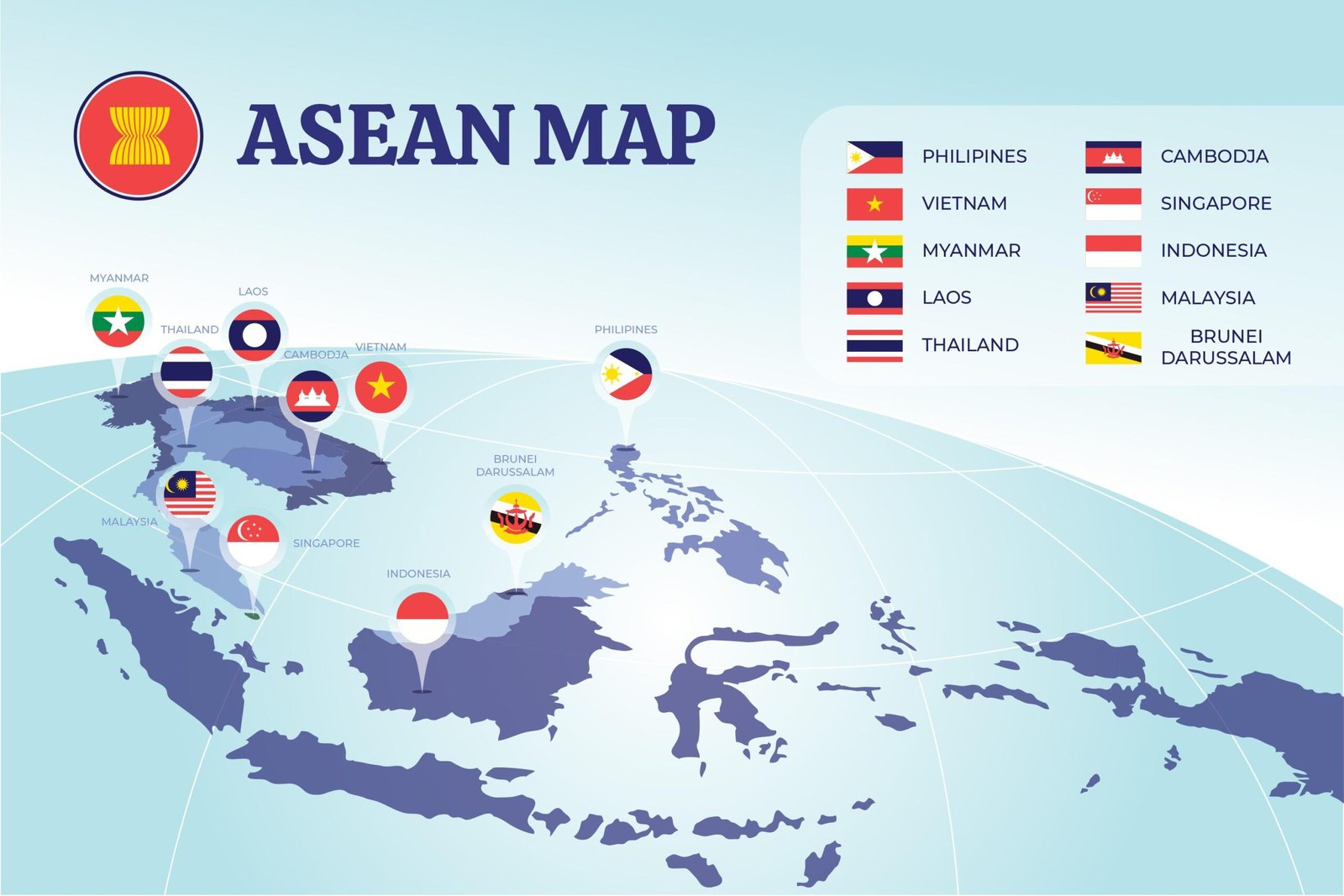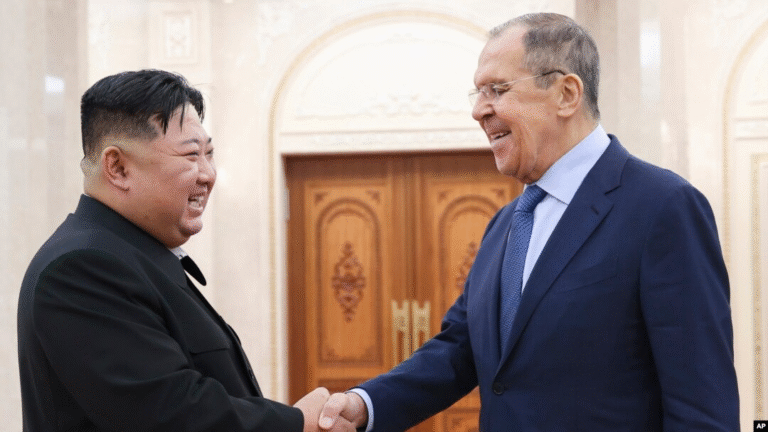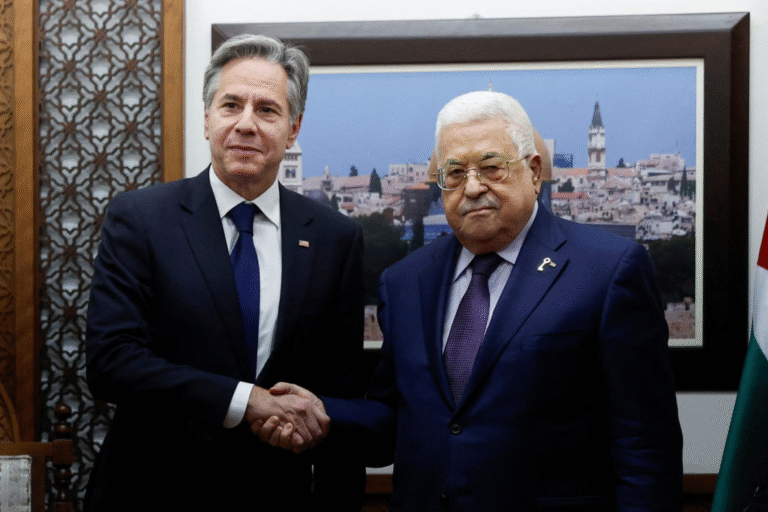
Designed by Freepik
A Tricky Third Way: Some ASEAN Challenges
January 22, 2024, ASEAN’s Secretary General, Dr. Kao Kim Hourn, spoke at the World Economic Forum. He was not the only representative of the bloc at Davos 2025; Prime Ministers Anwar Ibrahim and Pham Minh Chinh of Malaysia and Vietnam were also speakers at a session on ASEAN. Their presence and a session on the bloc both align with its importance in geopolitics and the economy. ASEAN member countries have a combined GDP of $3.2 trillion, the bloc’s population—679 million as of 2023—makes it the third-largest population in the world, and is a key player in the region.
Despite this, only a week earlier Pete Hegseth was asked about ASEAN—the Association of Southeast Asian Nations—at his Senate confirmation hearing. His response to Sen. Tammy Duckworth’s inquiries on the importance of one or more nations in ASEAN, the sort of agreements the U.S. has with them, and how many nations are members of the bloc was lackluster. He could not say the number and began to talk about South Korea, Japan, and Australia—three nations that are neither in ASEAN nor Southeast Asia. Now confirmed as Secretary of Defense, Secretary Hegseth will likely learn more about the bloc as the holder of his office normally attends its defense meetings. Though ASEAN faces many challenges, including questions of its relevance if it cannot address problems with Myanmar, the following represents an overview of some of those in which the United States is a notable actor. This includes focus on the South China Sea, the impacts of the single market and crime that comes with it, and the further impacts that may result from the re-election of President Trump.
A Third Way to Great Power Competition
ASEAN was founded in 1967 by Indonesia, Malaysia, the Philippines, Singapore, and Thailand. Since then, it has been joined by Brunei, Laos, Cambodia, Vietnam, and Myanmar. Timor-Leste has been approved as an observer since 2022 and is expected to gain full membership, which will bring the total to 11. The chairmanship rotates each year, with Malaysia holding it for 2025. ASEAN member states cooperate on various matters—economic, social, educational, technical, and more—to promote regional peace and stability.
One of its founding goals was to avoid domination by a great power amid the great power competition of the Cold War; instead, ASEAN members would operate by the “ASEAN Way” or “third way.” However, the third way is challenging to maintain when navigating the current geopolitical climate amid U.S.-China competition. Member states have their interests to consider when deciding which power to align with and what is considered a threat. The result is that the bloc is split between preferences for China and the U.S. Unfortunately, strong differing views and preferences over issues risk ASEAN’s paralysis. The organization makes decisions by consensus, requiring no member to object to a proposal.
The South China Sea
Another area where different interests and choices over relations with the U.S. and China can be seen is the dispute over China’s claims to the South China Sea. The South China Sea is a sizeable shipping area—21% of trade passes through it—and a global fishing location. Additionally, uninhabited islands within it are rich in mineral resources. China has claimed the right to a large area since the 1940s, marking it with what is referred to as the “nine-dash” line.
The problem lies in the fact that nearly half of the current full members of ASEAN—Brunei, Vietnam, Malaysia, and the Philippines—have also claimed portions of that territory and are in dispute with China. Though the US, Japan, and the Permanent Court of Arbitration in the Hague have stepped in, China has rejected interference. Instead, it prefers bilateral negotiations with other claimants. ASEAN has been pointed at as a possible negotiator, but China has expressed disinterest in the idea.
Even if China agrees to the proposal, the organization has no consensus on how to move forward. Some ASEAN members geographically distant from the issue, such as Cambodia, have sided with China and made joint ASEAN statements impossible. The single exception is a statement in December 2023 that committed to a peaceful resolution of disputes” in the South China Sea, made in the aftermath of tensions between China and the
Philippines over the matter.
Indonesia has taken a unique position that makes reaching a consensus even harder. Though Indonesia has rejected China’s claim to territory that includes Indonesia’s exclusive economic zone and continental shelf, it is not in dispute with China over the matter in the way that Malaysia, the Philippines, Vietnam, and Brunei are. Yet, in November 2024, Indonesia and China signed a maritime development agreement that included areas in the overlapping claims. Not only was the agreement seen as undermining the position that Indonesia is not in dispute
with China, but it also made Indonesia the first member of ASEAN to acknowledge the nine-dash line. Indonesia
quickly made the statement that the agreement did not recognize China’s territorial claims, but it also said that the
trust generated by the agreement could help lead to an ASEAN-China Code of Conduct for the South China Sea. However, Aristyo Rizka Darmawan of Universitas Indonesia has a less optimistic view of the matter. Rather than helping bring about the Code of Conduct, he writes the agreement showed China that ASEAN states “do not have a unified position in the negotiations with Beijing.” It also risks other ASEAN claimants feeling betrayed by Indonesia and impacting the EEZ delimitation agreement between Indonesia and Vietnam.
The U.S. is not absent from the dispute and has several interests in keeping China from controlling the area. The U.S. aims to maintain the freedom of the seas and maritime law, as expressed in the United Nations Convention on the Law of the Sea (UNCLOS), to which China is a member. Disputes over the matter between China and other states with claims could turn into full conflict, which the U.S. wishes to avoid. Another priority for the U.S. is connected to concerns over conflict: keeping the ability to honor security commitments to states in the region. This includes commitments to the Philippines, a formal U.S. treaty ally, ASEAN member, and disputant against China’s claims. The South China Sea’s role in shipping and commercial trade makes it relevant to the U.S.’s economic interests. The U.S. also wishes to prevent China from establishing a sphere of influence in the area that could be used against the U.S. As a result of the previous interests, the US. has rejected China’s claims to the territory, citing the rejection of China’s claims as not having a legal basis by an Arbitral Tribunal formed under UNCLOS.
Negotiations for a code of conduct continue, however, with the Philippines requesting urgency in developing one in October 2024. There are more recent pushes by Indonesia, as mentioned above, and renewed calls from the Philippines. Tensions remain high in the meantime.
ASEAN Single Market, Fighting Crime with China, and Potential Tariffs from Trump
In 2015, ASEAN realized a decades-long goal by establishing the ASEAN Economic Community (AEC), allowing for the free flow of goods, capital, labor, investment, and services. Though this is similar to the European Union (EU), the AEC lacks a shared currency. Challenges exist to forming one, among them that the EU’s euro crisis is a cautionary tale, especially as both organizations have member states of differing economic development levels and business cycles. With that said, increased financial integration, along with equitable economic growth for members, is one of the goals of the AEC.
The lack of a shared currency has not stopped the AEC from another goal: firm integration for the organization in the global economy and supply chain. Numerous free-trade agreements and economic partnerships with other states exist. Among those, China and the AEC are each other’s largest trading partners. ASEAN’s second-largest trading partner is the US, which has its fourth-largest trading partner in ASEAN. Japan, the Republic of Korea, Canada, India, and the EU are also notable trading partners for the AEC.
With free trade comes new challenges, among them crime. The free flow of goods and people across borders enables both criminal enterprises and legitimate business operations. ASEAN’s efforts to fight transnational crime predate the AEC by decades, but levels have been rising in the region, with several criminal actors operating out of China. China itself has concerns over the level of transnational crime, with some of its citizens harmed as a result of activity operating along the Tai-Myanmar border. China’s concerns have led it to offer increased cooperation with ASEAN countries between law enforcement and security forces. ASEAN responded by vowing to increase efforts to combat illegal online gambling and related crimes, thanking China for its support in the matter.
Another challenge for ASEAN and its members’ economies is the risk of losing economic stability because of the reelection of Donald Trump as U.S. President. His first term of office had significant economic consequences for ASEAN countries. The Trans-Pacific Partnership (TPP) would have facilitated trade between states in the Indo-Pacific and helped strengthen ASEAN’s integration in supply chains. President Trump’s decision to withdraw from it during his first administration was a setback for ASEAN. Though the Regional Comprehensive Economic Partnership, which all members of ASEAN signed when it was created in 2020, is the largest free trade agreement in the world and has helped with ASEAN integration, the U.S. is not a member. The influence it creates for ASEAN, particularly with economic relations between China and the U.S., is less significant than an agreement such as TPP would have been had the U.S. remained a member.
ASEAN states could also suffer from an escalation in the U.S.-China trade war. The risk of such an escalation is serious: President Trump has promised to implement new tariffs against China. The trade war has had mixed results for ASEAN countries, and they are not identical among the members. Some countries have notable benefits. Vietnam’s foreign direct investment for 2024 was $27.72 billion, partially due to serving as an alternative to China for production. Malaysia and Indonesia have also benefited from supply chains moving away from China to limit risk. Tariffs on Chinese solar panels have led to Vietnam, Thailand, Cambodia, and Malaysia providing 75% of U.S. solar panel imports. Eight companies, however, amongst those four countries, have also been found guilty of breaking U.S. laws due to serving as intermediaries for Chinese goods. Unlike Vietnam’s increase in export growth, Thailand’s has slowed since the trade war began in 2018, while that of Singapore and the Philippines has stagnated. Those Southeast Asian manufacturers that rely on China’s supply chain—of which there are many, as Southeast Asia is heavily dependent on China for industrial inputs—will face negative effects.





